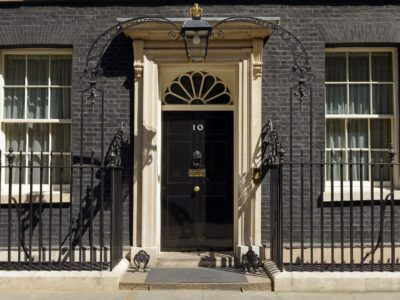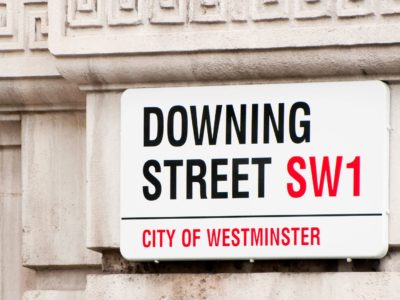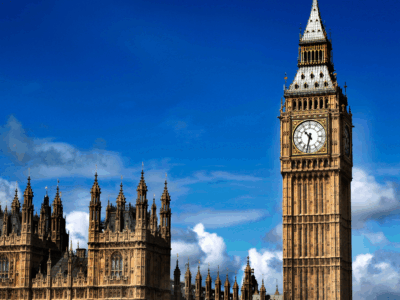Wages have managed to outpace the average rents people pay in the private rental sector (PRS). This comes, despite rents rising at a faster rate of 2 per cent in the 12 months to September, according to a recent rental market report by Zoopla.
Wages are estimated to have grown by 3.8 per cent over the same period, based on data from the Office for National Statistics (ONS). This has helped increase purchasing power for renters, as unemployment remains near a 45-year low and the economy continues to grow.
As a result of wage growth, renters were estimated to spend 31.8 per cent of earnings on rent last month, down from a peak of 33.3 per cent in 2016.
London is least affordable
The capital proved to be the least affordable place to rent in the UK, with single renters expecting to have to pay 46 per cent of their annual earnings on rent. Despite this, most London-based renters tend to live in a shared property helping spread the cost of monthly rents and increasing affordability.
By having two people renting a two-bedroom apartment in the capital, a renter would find 24 per cent of their wages going towards rental costs, reflecting a more communal way of living in London.
Nottingham experienced some of the fastest growth in rents, at a rate of 5.4 per cent. Zoopla also noted that places with less affordable rents were often areas where employment growth had outpaced the growth in the supply of housing. This indicated that a booming local jobs market could place greater pressure on the PRS in areas experiencing a chronic housing shortage.
Landlords reconsider portfolios
The increasing affordability of rents in the PRS comes despite a tight supply of homes. Average rents across the UK were estimated to be £876 in September, after several months of annualised growth below 2 per cent.
Rental affordability varied across the country, reflecting the strength of local economies, as well as the ability for renters to earn enough to climb the housing ladder. Zoopla’s report found that rental growth was faster in areas where supply of housing was static or falling, but that rents were more affordable in places where supply was growing rapidly.
Increasing investment by buy-to-let (BTL) landords over the last 15 years helped increase the stock of private rental homes, but regulatory changes related to taxation have caused rental housing supply to tighten since 2016, as investors have bought fewer homes, and reconsidered how to arrange their portfolios.
The lack of affordable housing stems from pressures including a rising population, as well as a shortfall in the number of new homes being built.
Recent government figures suggested that housebuilders were failing to meet the government’s target of 300,000 new homes a year by the mid-2020s, as the number of new homes built in the 12 months to June was 170,000.























Comments